The Mandela Effect continues to challenge our collective memory, and U.S. history is no exception. Here are nine thought-provoking examples related to U.S. presidents and key historical moments.
1. Franklin Roosevelt’s “Day of Infamy” Speech

The Memory: After Japan’s attack on Pearl Harbor, FDR famously declared, “December 7th, 1941—a day which will live in infamy.”
The Reality: The speech now says, “December 7th, 1941—a date which will live in infamy.” Interestingly, the Wikipedia page for this speech is still titled Day of Infamy Speech, even though FDR never said “day.”
Watch the original Day of Infamy speech for yourself by clicking HERE.
2. Manned Moon Landings by the U.S.

The Memory: Many remember only one or two manned missions to the moon.
The Reality: The U.S. has successfully landed humans on the moon six separate times. Here are the missions:
- Apollo 11 (1969)
- Apollo 12 (1969)
- Apollo 14 (1971)
- Apollo 15 (1971)
- Apollo 16 (1972)
- Apollo 17 (1972)
Still skeptical? Just ask Google or ChatGPT how many manned U.S. missions have there been to the moon.
3. The Youngest U.S. President
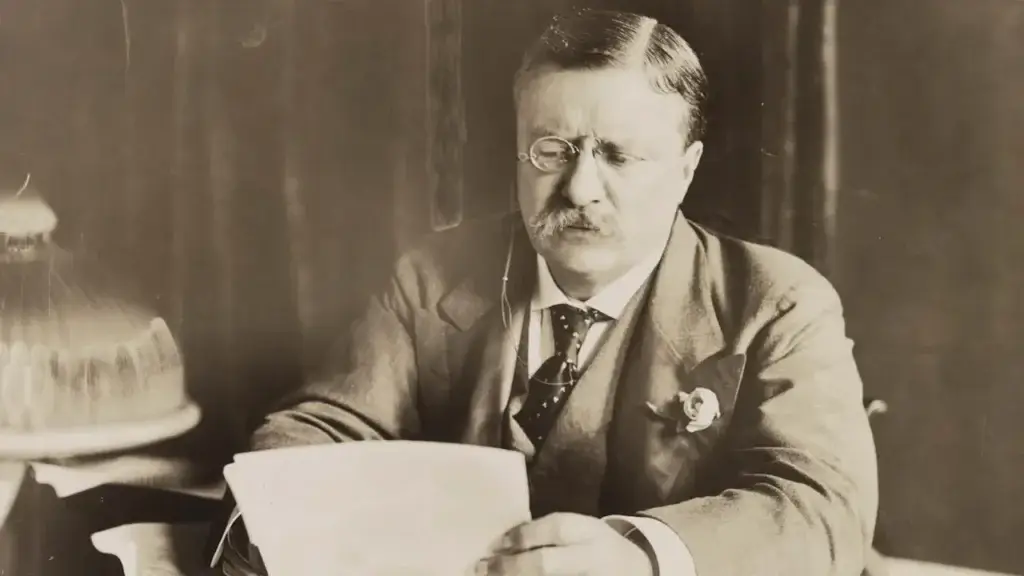
The Memory: John F. Kennedy was the youngest president.
The Reality: Theodore Roosevelt holds the title of the youngest president, becoming president at 42 after William McKinley’s assassination. JFK was the youngest elected president at age 43.
Still skeptical? Just ask Google or ChatGPT who was the youngest U.S. president.
4. Presidential Assassinations
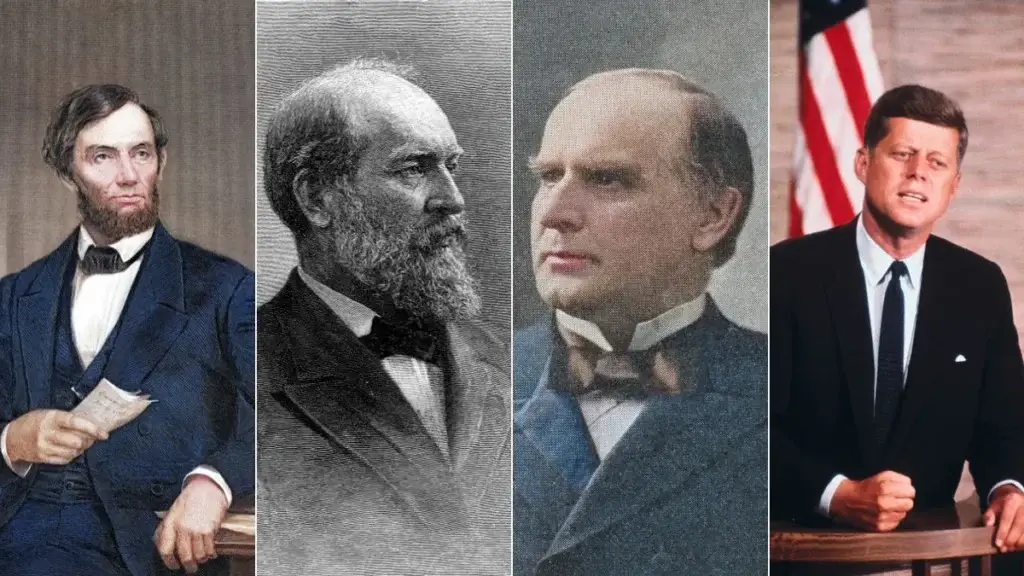
The Memory: Many remember only two U.S. presidents were assassinated—Abraham Lincoln and John F. Kennedy.
The Reality: Four presidents were assassinated:
- Abraham Lincoln (1865)
- James A. Garfield (1881)
- William McKinley (1901)
- John F. Kennedy (1963)
Still skeptical? Just ask Google or ChatGPT how many U.S. presidents were assassinated.
5. Pentagon Casualties on September 11, 2001

The Memory: No one died inside the Pentagon because the plane struck a newly renovated section.
The Reality: A total of 125 people died inside the Pentagon during the September 11 attacks. This number does not include the 59 passengers on American Airlines Flight 77, which struck the building.
Still skeptical? Just ask Google or ChatGPT how many people died inside the Pentagon on 9/11.
6. The Uncle Sam Poster
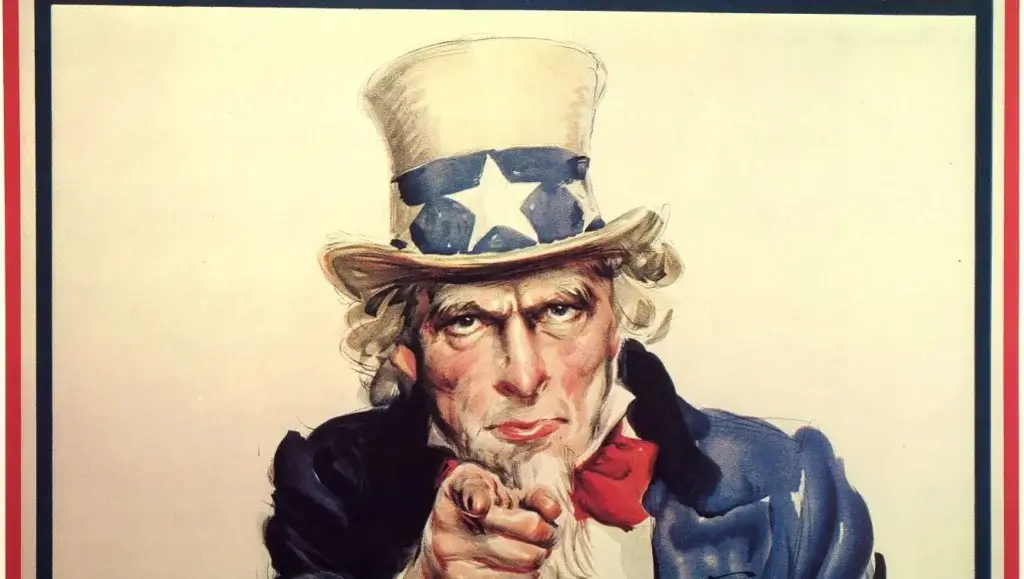
The Memory: Uncle Sam’s hat had red vertical stripes.
The Reality: His hat is now shown as entirely white at the top, with no red stripes.
Still skeptical? Just search Google for ‘Uncle Sam’ and click on Images—you’ll see that his hat has never had red stripes. Looking for evidence or reality residue of the red stripes? Try searching ‘Uncle Sam costume,’ instead and you’ll find costumes featuring hats with red stripes, even though the original portrait of Uncle Sam has never included them.
7. The JFK Assassination
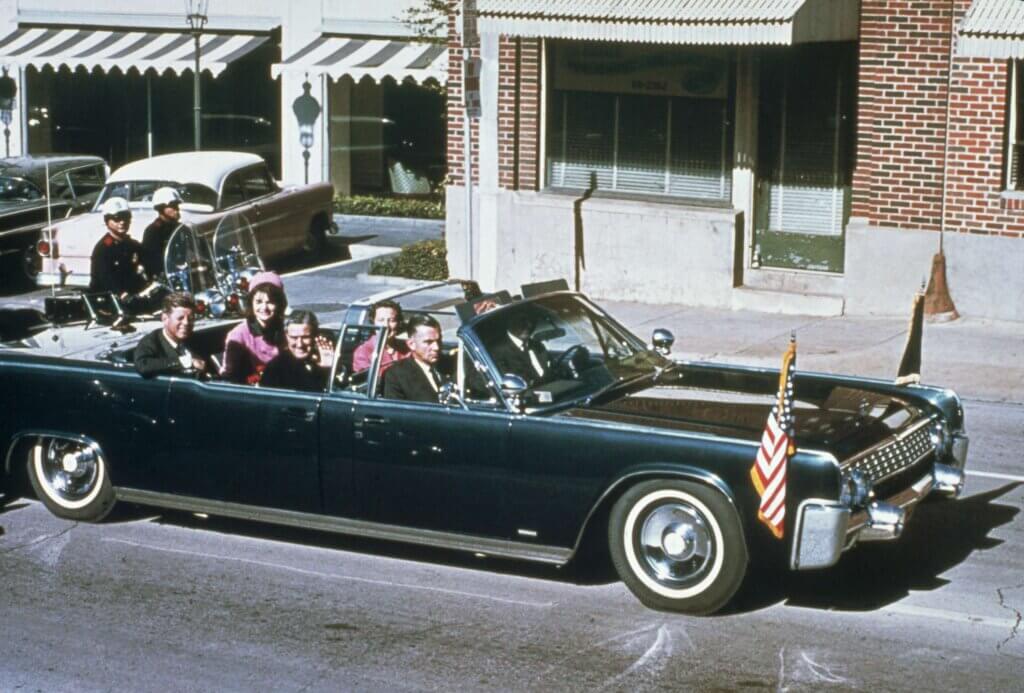
The Memory:
- The car was a four-seater with two rows.
- JFK was only shot once, in the head.
The Reality:
- The car is now a six-seater with three rows, carrying JFK and Jackie Kennedy in the back, Texas Governor John Connally and Connally’s wife in the middle row.
- JFK was shot twice: once in the upper back and once in the head.
Still skeptical? Watch the Zapruder film HERE—the most famous and widely viewed footage of President John F. Kennedy’s assassination. You can also ask Google or ChatGPT to confirm how many times JFK was shot.
8. The U.S. Dime

The Memory: Dwight D. Eisenhower’s face was on the U.S. dime.
The Reality: The face on the dime is Franklin D. Roosevelt, and it has been since 1946.
We’ve explored this Mandela Effect in greater detail in a dedicated blog post—click here to read more.
9. Mount Rushmore
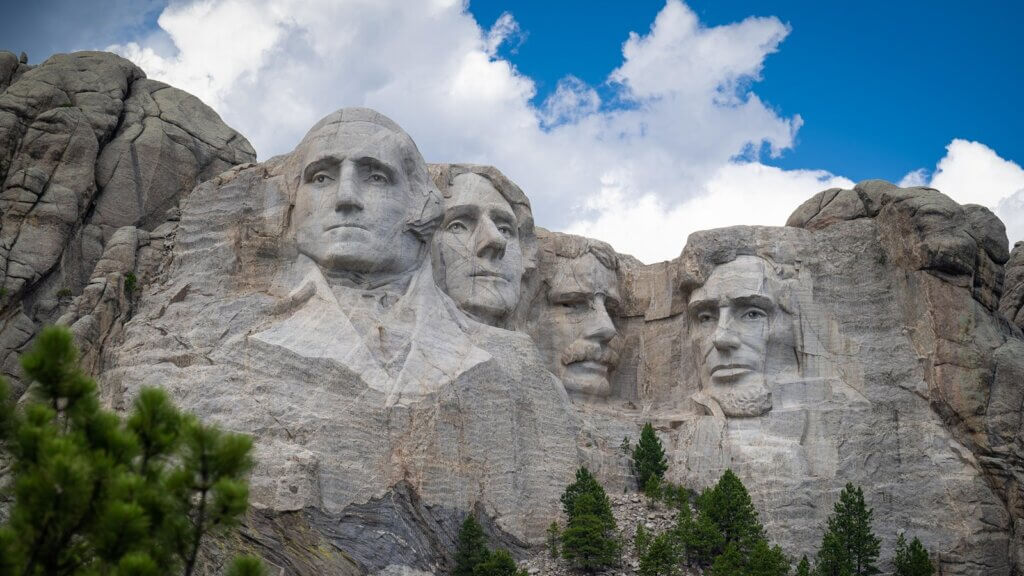
The Memory: The four presidents’ carvings on Mount Rushmore only showed their heads.
The Reality: George Washington now has a coat carved beneath his face. The coat is said to signify his role as a military leader and his contributions to the nation’s foundation.
Share Your Thoughts
These Mandela Effects challenge how we remember some of the most iconic moments and figures in U.S. history. Have you noticed any of these discrepancies? Let us know in the comments.





